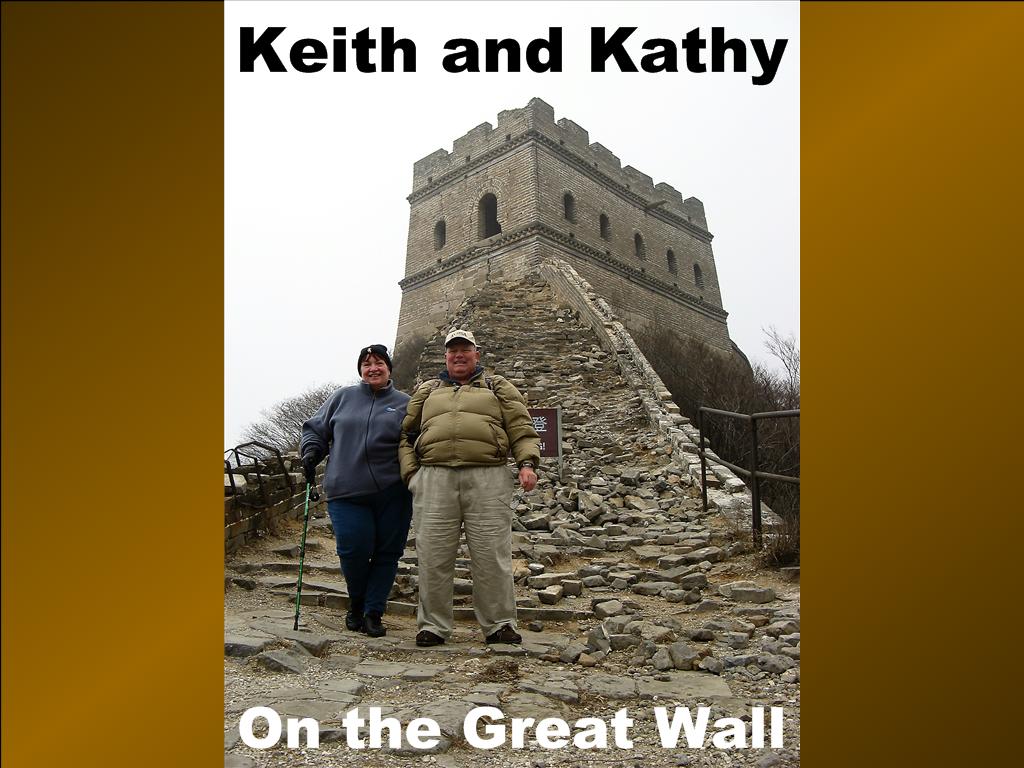Where in the World are Keith & Kathy?
Returning from our interplanetary voyage in Roswell, we re-entered the real world of Slow-Coach travel. The journey westbound over the pass through the San Francisco Mountains in southern New Mexico was highly scenic, in a deserty sort of way. Seems there is desert scenery, and then there is desert scenery. The desert country around Roswell was flat, scrubby. On the other hand, the drive up through the canyon to the Carlsbad Caverns was quite scenic, with colorful rock strata and varied & interesting plant life, primarily various varieties of cactus. Likewise, the drive over the pass to Alamogordo, New Mexico was very scenic and pleasant, culminating in a distant view of the White Sands as we descended into town. Driving through the pass, we saw snow.
Westbound from Roswell - San Francisco Mountains in the Distance
Snow in the San Francisco Mountains
The white sands are dunes of gypsum (calcium sulfate) sand (vs. ordinary silica sand), blown northeastward from the bed of a dry lake. The National Park Service has a visitors center and maintains a road through the brilliantly white dunes. We traversed this road late in the afternoon, gaining the advantage of oblique lighting which creates stark contrasts of light and shadow, and highlights the natural contours of the windblown sand. One of the interesting characteristics of the dunes is the survival of desert flora and fauna, despite being burried under the blowing gypsum sands.
White Sands National Monument
White Sands National Monument is located entirely within the White Sands Missile Test Range, operated jointly by the Army, Navy, Air Force, and NASA. NASA maintains a backup shuttle landing strip here, which was utilized once when both Edwards and the Cape were unavailable due to weather. There is a really neat museum at the main entrance to the base, which we visited the morning after our trip to the National Monument. Numerous missiles are displayed outside the museum. Inside are historical exhibits of missile test gear, as well as of cultural artifacts from Indian times, and from the period of western settlement. In the northern sector of the base, about 50 miles from the visitors center, is the Trinity test site, where the first atom bomb was tested. Because of ongoing test activity, this site is opened to the public only two days a year, April 1 and October 1. Being there in February, we did not get to visit this site. Interestingly, a major US highway traverses the test grounds. Just outside of Alamogordo, there is a large sign with flashing lights, warning that the highway may be closed periodically due to missle test activity.
Mixed Use Highway
Missle Test Facilities
Missle Museum
It is interesting that in this vast, open country with 80mph speed limits, one thinks nothing of popping 50 miles down the road from the campground to visit a museum. On our way back, we saw a couple of interesting looking birds circling over the highway. Kathy thought them to be hawks. Keith decided they must be F 117 stealth fighters when they landed at the nearby Holloman Air Force Base.
Following a stop at the local WM Supercenter for comestibles, be bedded down in preparation for the next days journey west into Arizona. Stay tuned.
Following a stop at the local WM Supercenter for comestibles, be bedded down in preparation for the next days journey west into Arizona. Stay tuned.











1 comment:
Thanks for posting about Alamogordo. I moved out to the southwest from Maine when I was 18 and while in school in Phoenix, traveled all around the area. Alamogordo was really one of the most unique places I've been in the US (so far). It really made me realize how incredibly diverse the country is...much different from Portland, Maine, or Boston, MA. It was also just one of those places I went and said "I didn't know places like this REALLY existed!".
Post a Comment